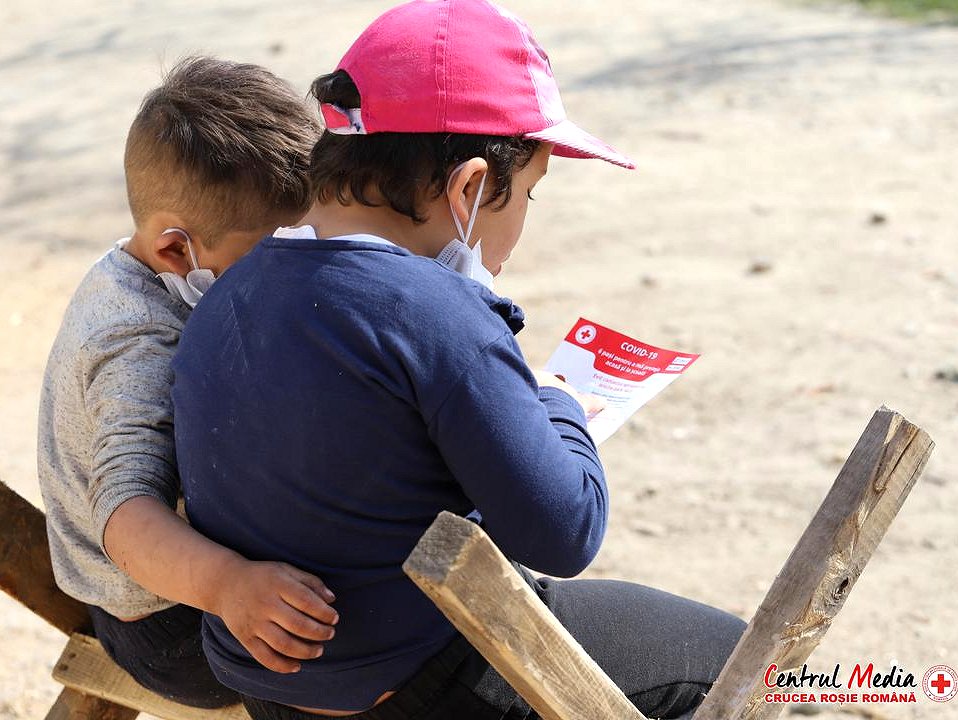
Blog: Acting early to protect children in emergencies

by Audrey Oettli, IFRC-Child Protection Area of Responsibility Coordinator
(A version of this blog first appeared on the Anticipation Hub earlier today.)
Acting early to protect children is a humanitarian imperative, but resources and services for this in emergencies are lacking.
Unlocking the potential of anticipatory action to reduce the risks faced by children – violence, abuse, neglect, exploitation – is essential and must be accelerated.
Climate-related disasters and other humanitarian crises are a threat multiplier, exacerbating vulnerabilities. They put pressure on protective systems, leaving families in desperate situations and reducing children’s chances of shaping their own futures, as highlighted in the IFRC’s 2020 study We Need To Do Better.
‘We need a transformative approach in our systems
to counter the lack of attention to
and investment in child protection’
Children are still rarely consulted about their needs, the barriers they face, and the priorities they identify for their own survival and development.
They are hardly ever asked about the solutions they envisage to problems they face. This is especially true for children who are marginalized, living with disabilities, engaged in under-age labour, or living on the streets.
To help improve child protection in emergencies, the IFRC, the Anticipation Hub and the Climate Centre, with the support of the Child Protection Area of Responsibility (CP AoR), have developed a new brief, Anticipatory action and child protection.
“We need a transformative approach in our systems to counter the lack of attention to and investment in child protection,” said IFRC Secretary General Jagan Chapagain.
‘Violations’
Including child protection in anticipatory actions, triggers and indicators is essential to meet the needs of children in emergencies.
Amjad Mohamed Saleem, who manages the IFRC’s team working on protection, gender and inclusion, explained: “Anticipatory action…lends itself to an increased focus on actions that seek to prevent violations of child protection.
“There is an opportunity to increase investment in preventative measures, alongside work on establishing safe, accessible and appropriate child protection services and mitigating child protection risks.”
In addition, fostering coordination between local government, youth-led and community-based organizations, the UN and National Societies to develop in-depth analyses of local child protection risks and drivers is vital.
Children’s perspectives
“Strong coordination is critical to ensure that targeted child protection actions are integrated into anticipatory action,” said Ron Pouwels, CP AoR Global Coordinator.
“Effective local coordination will allow for key actions to be agreed in advance and integrated into protocols and effectively implemented by all actors.”
Other crucial actions often overlooked include understanding local laws, ensuring access to support services, building linkages between child protection and education and health sectors, child safeguarding, and evaluating responses with children’s own leadership.
We can also mitigate the consequences of emergencies on children’s access to essential public services such as health and education.
Timi county, Romania. Red Cross volunteers distributed hygiene packages and information materials to limit the spread of Covid at the start of the pandemic in March last year. (Photo: Romanian Red Cross)